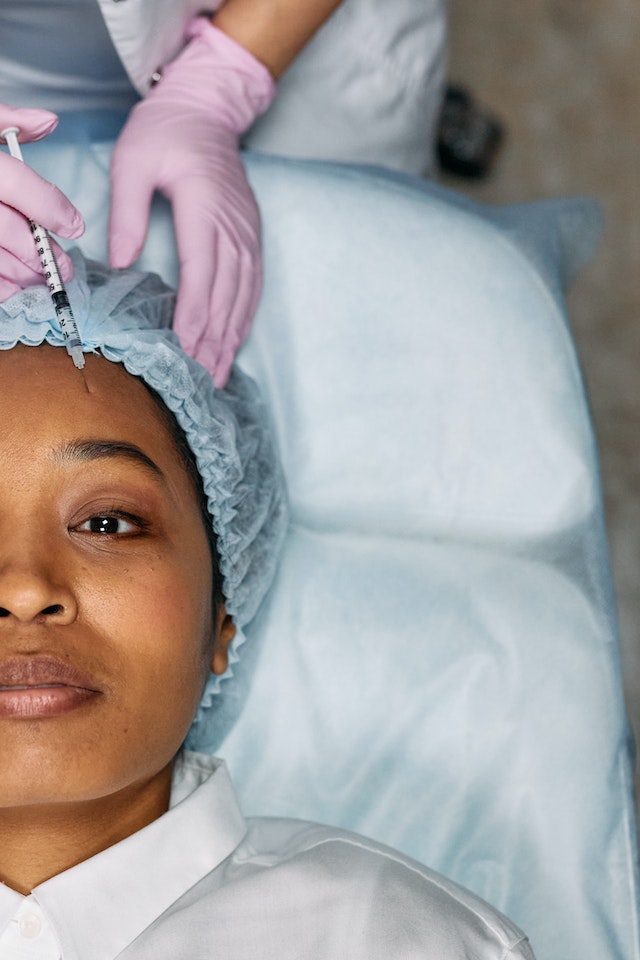Introduction:
Buccal fat removal is a surgical procedure that aims to reduce the volume of buccal fat pads in the cheeks, resulting in a more contoured facial appearance. If you are considering this procedure, it is important to understand what to expect during and after the surgery. This article will provide you with a general overview of the process, including the surgical procedure itself, the recovery period, and the expected outcomes.
1. Preparing for Surgery:
Before your buccal fat removal surgery, you will have a consultation with your plastic surgeon. During this consultation, you will discuss your aesthetic goals, medical history, and any concerns you may have. Your surgeon will explain the procedure in detail, provide pre-operative instructions, and answer any questions you may have. It is essential to follow these instructions to ensure a successful surgery.
2. The Surgical Procedure:
Buccal fat removal is typically performed under local anesthesia or general anesthesia, depending on your surgeon’s recommendation and your preferences. The surgery involves making small incisions on the inside of your mouth, through which the buccal fat pads are accessed and carefully removed or reduced. The incisions are then closed with dissolvable sutures.
3. Recovery Period:
After the surgery, you may experience some swelling, bruising, and mild discomfort in the treated area. Your surgeon may prescribe pain medication and provide instructions on how to manage these symptoms. It is important to follow post-operative care guidelines, including keeping the mouth clean, avoiding strenuous activities, and adhering to a soft food diet for a few days.
4. Healing and Results:
The initial swelling and bruising will gradually subside over the course of a few weeks. You may start to notice the results of your buccal fat removal surgery as the swelling decreases. It is important to note that final results may take several months to become fully apparent. Your face will appear more contoured and defined, and you should achieve your desired aesthetic outcome.
5. Post-Operative Follow-up:
Your surgeon will schedule several follow-up appointments to monitor your healing progress. They will evaluate the results, address any concerns or questions you may have, and provide further guidance on your post-operative care. It is important to attend these appointments and communicate openly with your surgeon throughout the recovery process.
6. Potential Risks and Complications:
While buccal fat removal is generally considered safe, like any surgical procedure, there are potential risks and complications involved. These may include infection, bleeding, asymmetry, nerve injury, scarring, or dissatisfaction with the aesthetic outcome. It is important to discuss these risks with your surgeon before the surgery and follow their post-operative instructions carefully to minimize the chances of complications.
Conclusion:
Buccal fat removal can help you achieve a more contoured facial appearance by reducing the volume of buccal fat pads. Understanding the surgical procedure, the recovery process, and the expected outcomes is crucial before undergoing this surgery. By following your surgeon’s instructions and attending follow-up appointments, you can ensure a smooth recovery and optimize your results. Remember to consult with a qualified plastic surgeon to determine your suitability for the procedure and to address any concerns you may have.




